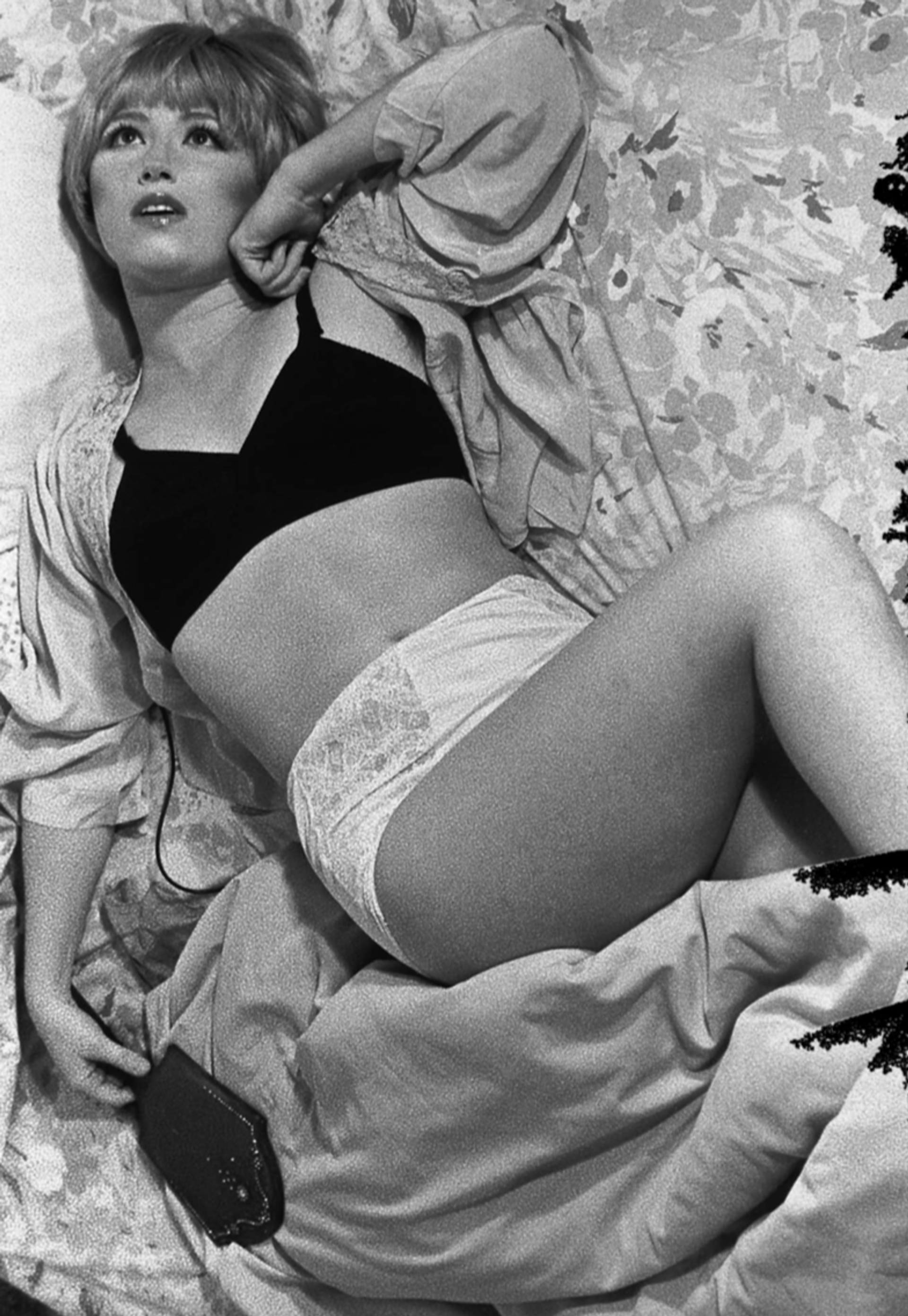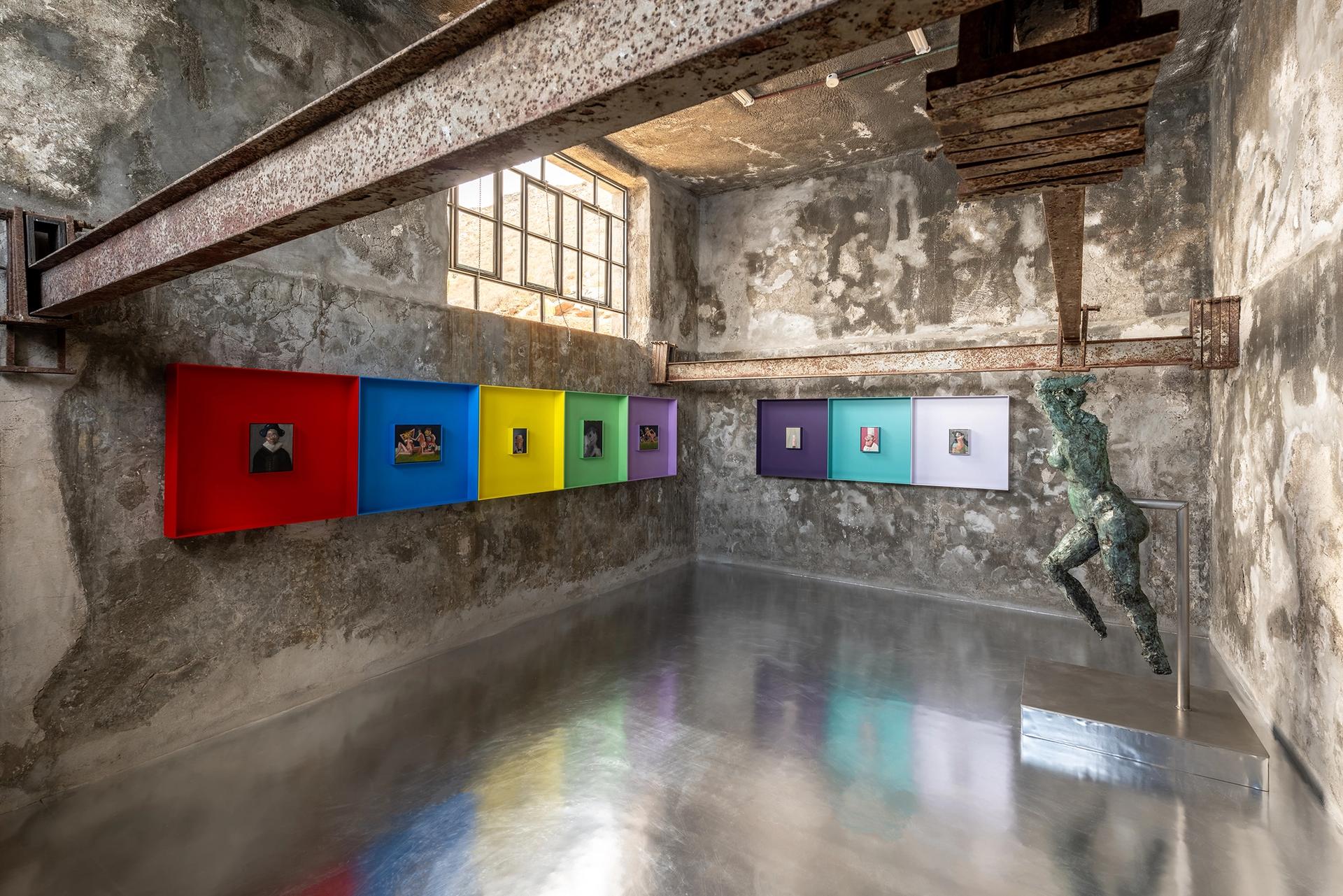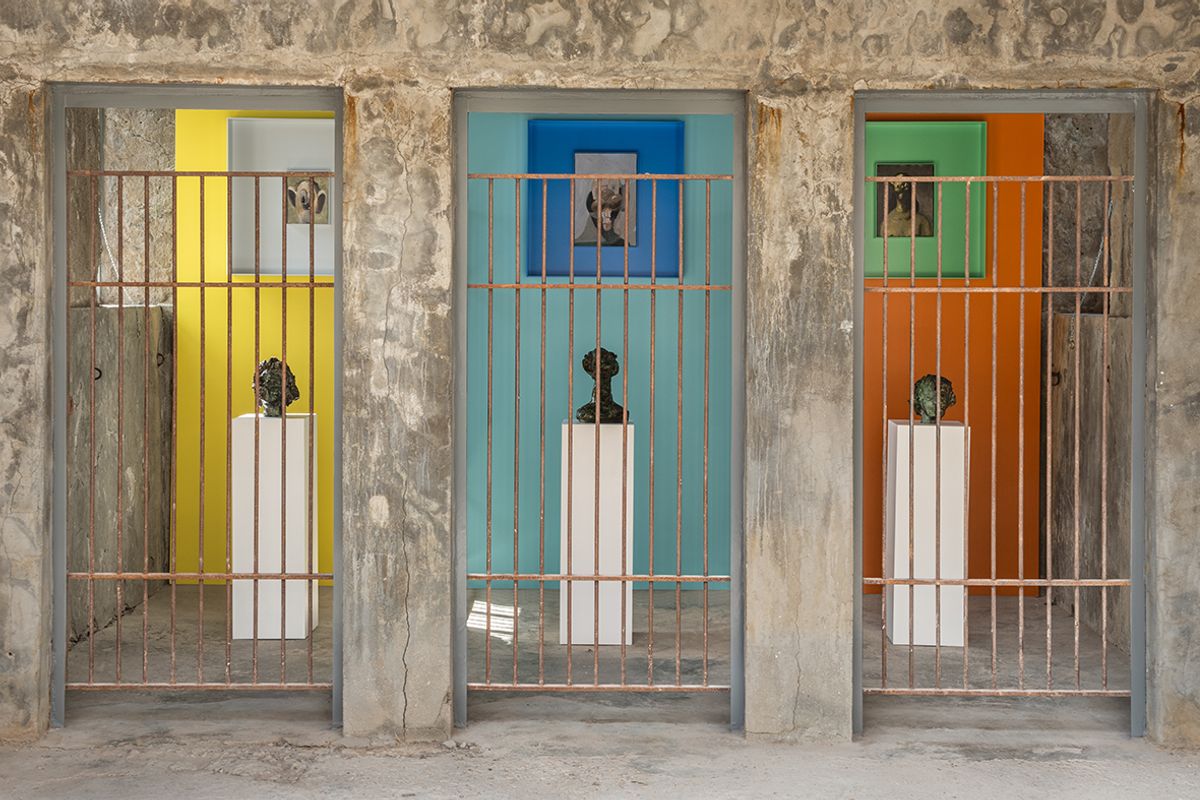Greece is flourishing. It’s open. It’s stable. And it’s giving all kinds of artists from New York a whole lot of love.
At the ancient Odeon of Herodes Atticus, just below the breathtaking Acropolis, a very regal Marina Abramovic came onstage to huge applause for just being there. To introduce Anonhi and the Johnsons, she favourably compared the trans singer to Maria Callas, who once performed in the same amphitheater for the same Athens and Epidaurus Festival. But Anonhi did not need an introduction to this crowd. They knew the music. They laughed at her jokes. And, after a stunning finale that seemed to levitate the glowing Parthenon, they roared.

Cindy Sherman, Untitled Film Still #6 (1977). Gelatin silver print. Courtesy the artist and Hauser & Wirth © Cindy Sherman
The venues were smaller, but the reception for the separate survey shows of signature work by Cindy Sherman and Dana Schutz was just as warm. Neither had been to Athens before, yet art institutions in the Greek capital chose the same week to fete them.
“Wait till you see the napkins!” cried the dealer Jack Hanley (Sherman’s companion), minutes before a dinner in her honour at the Museum of Cycladic Art. Curious, I stole a peek at an upstairs table and lo! Every oversized serviette was printed with an image from one of the four photographic series in Cindy Sherman at Cycladic: Early Works (until 4 November). The curator Aphrodite Gonou’s astute installation, which includes the entire set of the artist’s career-defining Untitled (Film Stills) (1977-80) drew exhilarating parallels to the refined marble goddesses elsewhere in this gem of a museum that could only happen here. But to bring a Sherman character to the lips while dining in public is an unusually intimate way to experience her art.
Meanwhile, Schutz had her own tasty moment at the townhouse-size George Economou Collection, where its director, Skarlet Smatana, had composed The Island (until March 2025), a succinct survey of paintings and charcoals from 2000 to 2023—evidently in a manner that even surprised the artist. "I saw my paintings in a way I never did before," the ebullient Schutz commented, during a glam dinner for a post-Art Basel assembly of collectors, curators, dealers, and friends.
It was bracing to see Greece romance American artists at a time when their home country’s inward-looking and nasty politics threaten free thinkers. Perhaps artists really do make the best ambassadors. They certainly seem beloved on the island of Hydra.

Installation view of Tschabalala Self: The Bigger Picture, Melina Merkouri Art & Concert Hall, Hydra, 2024. Courtesy the artist and Galerie Eva Presenhuber, Zurich / Vienna ©️ The artist. Photo: Biju Varghese, Bangalore
At her pop-up in the Melina Merkouri Art & Concert Hall, sponsored by the Pappas Family Collection and Galerie Eva Presenhuber, the industrious Tschabalala Self drew crowds of tourists and locals to The Bigger Picture. This triple-screen video (until 2 July) revisits, rather than documents, Sounding Board, the play with music (by Boney M) that she contributed to the 2021 Performa Biennial. Self wrote, directed, painted the eye-popping sets. She also designed the costumes for her swirling drama of moral, sexual, and social quandaries engendered by romantic couplings, she cast four actors into two, mirroring roles and adding a kind of Greek chorus of female singers.
By coincidence, the checkerboard pattern of the marble floor tiles in the hall—a portside community space once used to quarantine immigrants—echoed Self’s clothing and furniture designs. And what overwhelmed the eye and ear at the play’s live staging in a Harlem park totally coheres in its hypnotic new iteration. “I love the play becoming painterly in this expansion,” Self told me. “Painting is really about juxtaposing two colours and seeing how one transforms the other. This video does that.” (You can also dance to it.)

George Condo: The Mad and the Lonely (until 31 October), installation view, Deste Slaughterhouse, 2024
Courtesy of Deste Foundation
Colour—very bright colour—is also the engine that powers George Condo: The Mad and the Lonely (until 31 October), this year’s exhibition in the Deste Foundation’s Slaughterhouse Project Space. The old stone shed is quite small, its walls cracked and stained with age and, well, animal blood. Condo had never seen it in person before. What’s more, he never has done a show like this before.
To the maximalist “psychological cubism” of his goofy, Old and modern Master-ish portraits, Condo has brought the minimalism of Donald Judd and pitched it in high-key chromatics. “Judd would never put paintings in his boxes or paint them these colors,” he noted with obvious pride. In an aside to Dakis Joannou, Deste’s benevolent founder, Condo added, “Dakis is an inspiration.” The collector demurred, countering with, “Wait till you see the disco floor!”
I half expected a pulsing, Saturday Night Fever stage, but that would have been out of character, even for an artist who, in 2008, titled one of three related sculptures The Triumph of Insanity. The oxidised bronze figure of an agonised, legless woman with a gargoyle head on her shoulder, reappears here, pinioned to poles like a conserved archeological relic and reflected in the Carl Andre-like, PVC dance floor.
The shimmering “carpet” also picks up the individual colours of the shallow, 30-inch square boxes with which Condo has framed his paintings. They’re new but not. He copied them from canvases he made in the 1980s and 90s and kept for himself, but this time scaled slightly larger than a souvenir postcard and smaller than a sketchbook. Set afloat in cerulean, hot pink, cadmium yellow, strawberry red, pea green and tangerine monochromes, they attain a stark, frankly stunning, new legibility.
“It’s Ellsworth Kelly gone wrong,” Condo joked, then turned serious. “The ancient Greeks used polychromy for their sculptures. This is my interpretation. It has nothing to do with Greek mythology. I’m creating my own mythology. With the world in misery, we have to bring some happiness.” Who could argue?


